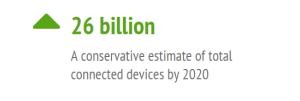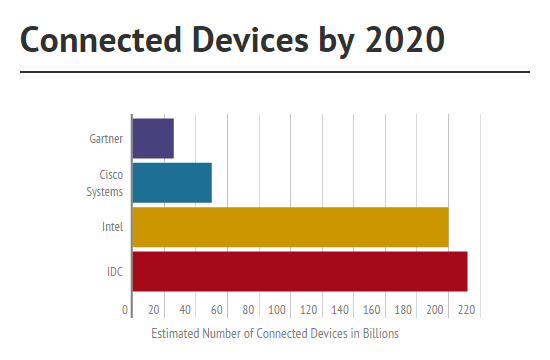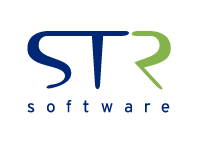Big data analytics is the ability for applications to analyze extremely large or complex data sets. Big data is used when traditional data processing applications are not powerful enough to capture, curate, manage and process volumes of data sets within an acceptable amount of time.
Big data analytics can be a standalone solution or built into integrated solutions. Regardless of how it is deployed, big data analytics allows businesses to take in very high volumes of data, at high rates of speed, from numerous sources and make informed decisions to optimize how an organization operates.
How does Big Data Analytics relate to Internet of Things (IoT) and Industrial Internet of Things (IIoT)?
 The evolution of big data analytics is going to be critical in the ability for Internet of Things (IoT) to provide the measurable value promised to organizations. Gartner has issued a conservative estimate that by year 2020, connected devices will grow to 26 billion units.
The evolution of big data analytics is going to be critical in the ability for Internet of Things (IoT) to provide the measurable value promised to organizations. Gartner has issued a conservative estimate that by year 2020, connected devices will grow to 26 billion units.
Each one of these 26 billion devices monitoring business operations will generate thousands of data points each minute, hour or day. Big data creates a dizzying amount of data to sift through, analyze and report on.
With the true value in IoT being the connection between devices, datasets grow exponentially very quickly. It then falls on big data analytics to help humans determine as close to real-time as possible where we should focus our attention to meet business objectives.
By the way, prominent technology organizations believe Gartner’s estimates are extremely low:




![Rollup of Product Updates [Winter 2025; v25.1]](https://www.strsoftware.com/wp-content/uploads/2023/02/Feature_Image_ProductUpdate_Wave-510x382.png)
